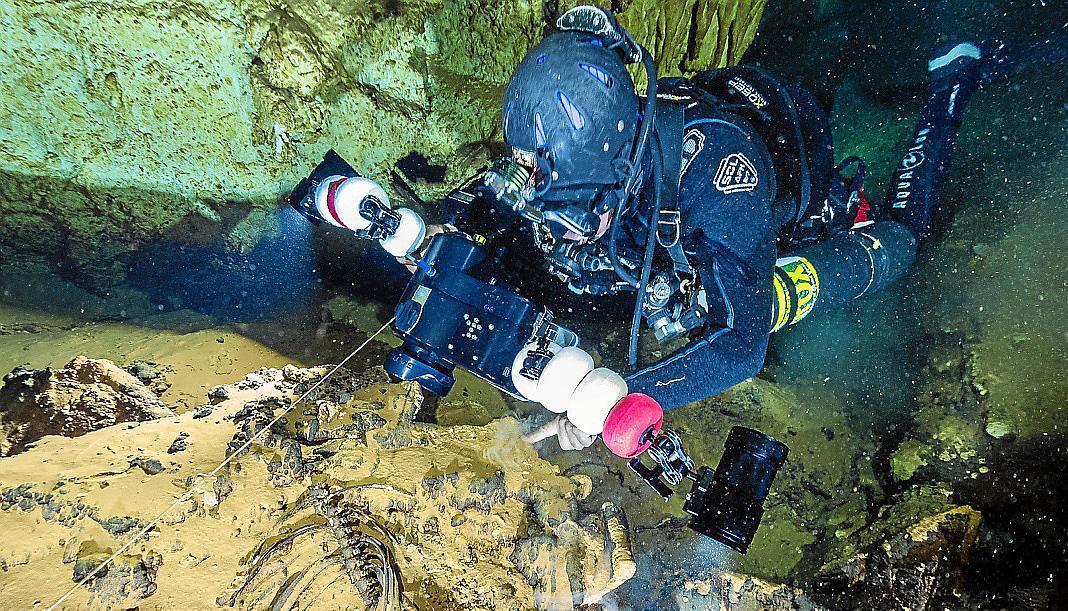The technology has now advanced to allow more thorough exploration. Last August, radio and geolocation systems as well as 3D photogrammetry were used in providing greater knowledge of the cave and in identifying more amphoras. This coming October there will be more examination.
The American John Kendall, one of the world's leading specialists in photogrammetry, will join a team that is undertaking the IASCM project. This stands for subaquatic archaeological investigation of Majorca's caves. Archaeologist Manel Fumás is co-leader of this project. He says that one of the greatest difficulties with this type of investigation is that stable water conditions are required in order to be able to appreciate the detail of the jars, take pottery and bone samples and date them scientifically.
There are two hypotheses regarding the use of the cave. The clue for one is in the name. The Font may have been the source of fresh water from a spring. This water could have supplied ships on the route between the Italian and Iberian peninsulas. The other is that it was a sanctuary into which jars were thrown as gifts for the gods.
Fumás adds that in future it will be possible to explore even more and to get to know about the first peoples to inhabit Majorca. "The Font de ses Aiguades is a time capsule and is unique in the Mediterranean."


No comments
To be able to write a comment, you have to be registered and logged in
Currently there are no comments.